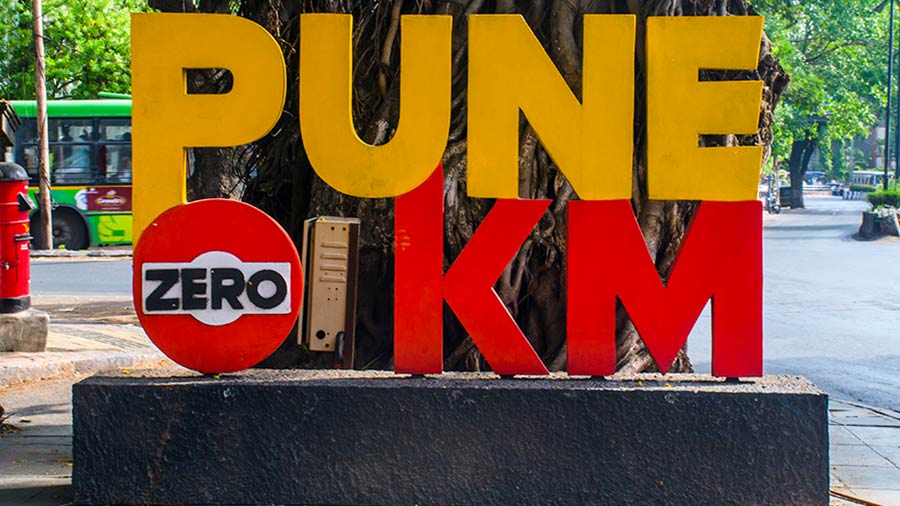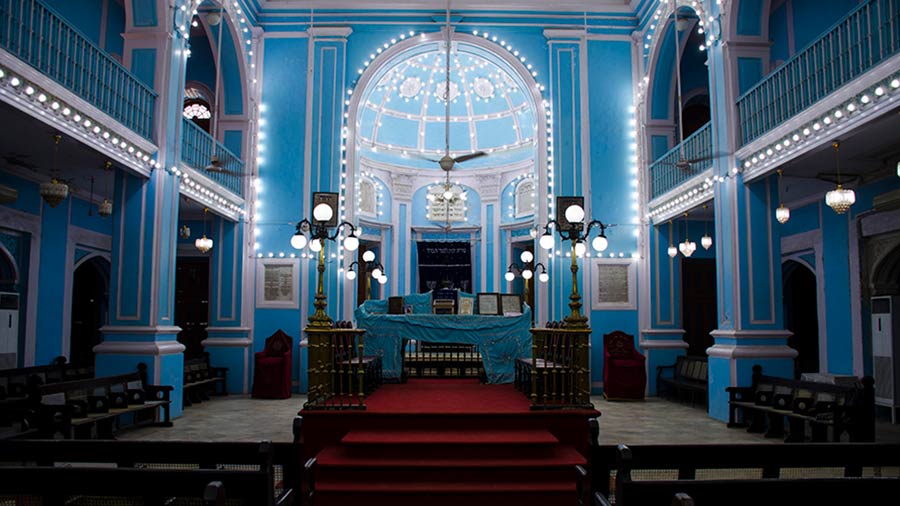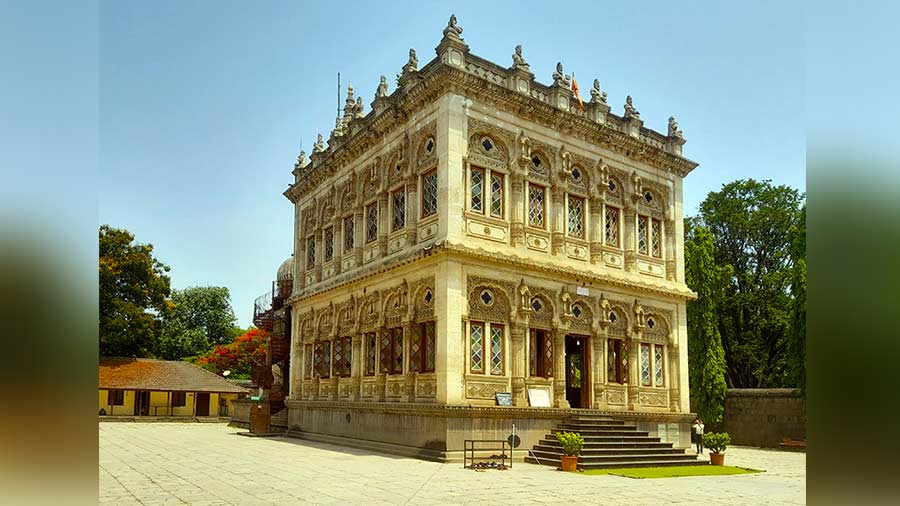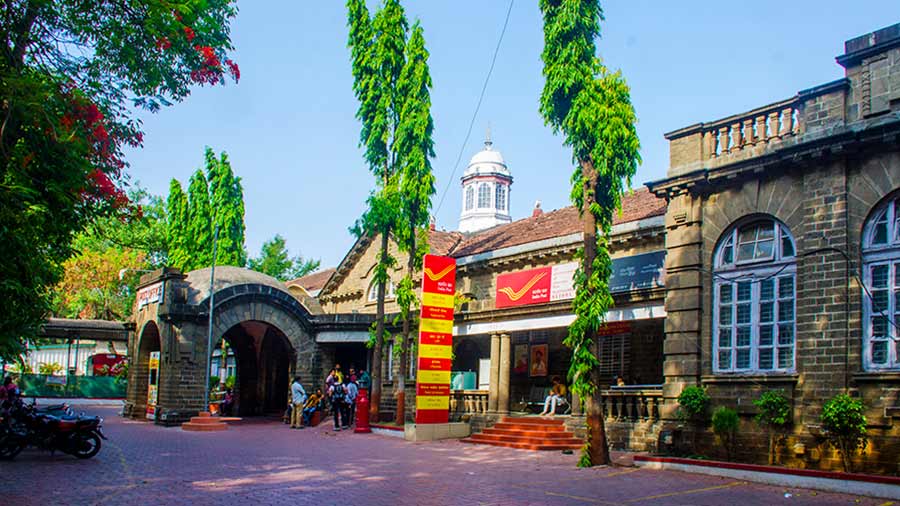
Pune GPO
The proper mapping of the Indian subcontinent started in 1800 and continued till 1871. Known as the Great Trigonometrical Survey, it is considered as one of the most stupendous works in the history of science. Historian and writer John Keay mentions in his book The Great Arc, “…project involved equations more complex than any in the pre – computer age. It was also the most perilous project of its time, killing more men than any contemporary wars. Malaria wiped out whole survey parties, tigers and scorpions took their toll.”

Pune’s Zero Stone with a marble plaque in memory of the fallen surveyors
After the completion of the survey, zero points of about 80 cities across the sub-continent were marked with zero milestones. Sadly, most of them have been lost but the one in Pune has survived even after a century and half of neglect. Located on the eastern wall of the GPO, the stone still stands although most part of it was buried under layers of concrete till 2017. It was local historian Mandar Lawate who first took the initiative of restoring the zero mile stone. The concrete layers were scientifically removed to give the stone a facelift.
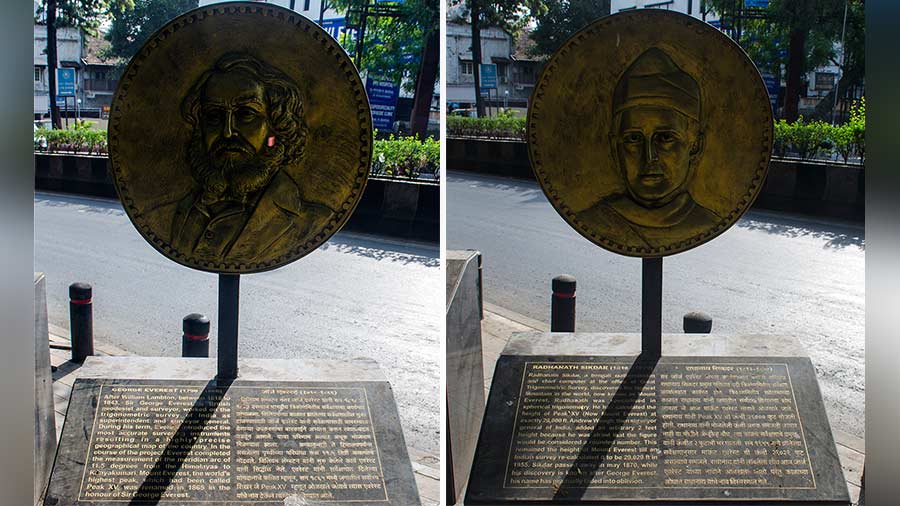
Plaques of George Everest and (right) Radhanath Sikdar
Pune Municipal Corporation took charge. In mid 2018, the historic milestone was enclosed inside a small open pavilion-like structure complete with decorative pillars and pediments. Later, in mid 2019, the pavilion was removed and the footpath adjoining the Zero Stone was converted into an open air street museum narrating the history of survey of India through models and plaques. Lights were installed to illuminate the area in the evening.
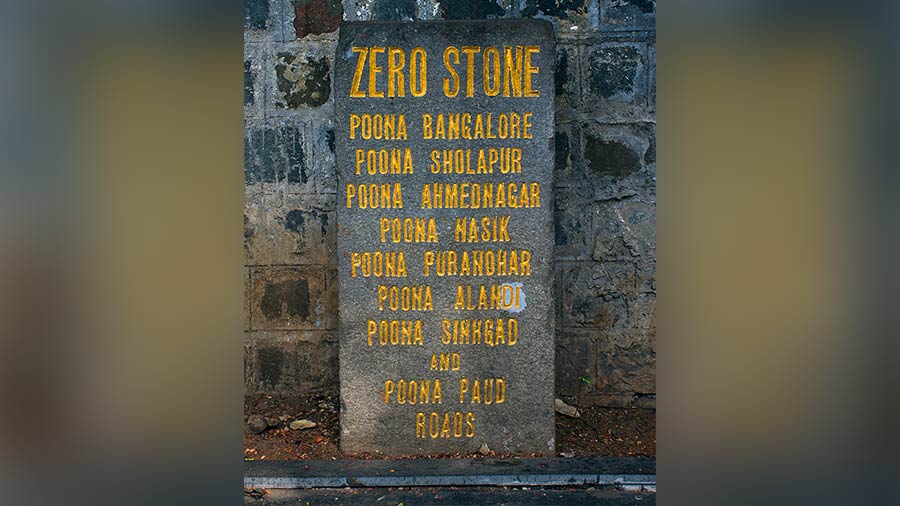
Pune's Zero Stone on the eastern wall of the GPO complex
However, during my visit in June 2022, I found almost all the lights missing and statues defaced and broken. But the zero mile stone still stands there in former glory with the names of several other cities. The inscription has been given a golden face lift making it easier to read but in the process losing the originality. The marble plaque on the floor pays tribute to the fallen surveyors. It reads, “In loving memory of the surveyors, who sacrificed their life in mapping India as we know her today.”

A broken statue
There are several plaques, one of which narrates the history of the survey and the plaque refers to the content from John Keay’s book. The other side of the plaque contains a map of the sub-continent with the survey triangulation. The open museum narrates the tale of four famous surveyors in English and Hindi/Marathi. They include Nain Sing Rawat, William Lambton, George Everest and Radhanath Sikdar. Nain Singh, a resident of present day Uttarakhand, was trained and sent to Tibet in disguise to map the forbidden territory. The Great Trigonometrical Survey was the brainchild of William Lambton. George Everest, after whom the highest peak in the world is named, followed the footsteps of Lambton and carried the perilous project forward. Radhanath Sikdar, was the chief computer (computer was a post for the person who computes) of Survey of India calculated the height of Mount Everest.
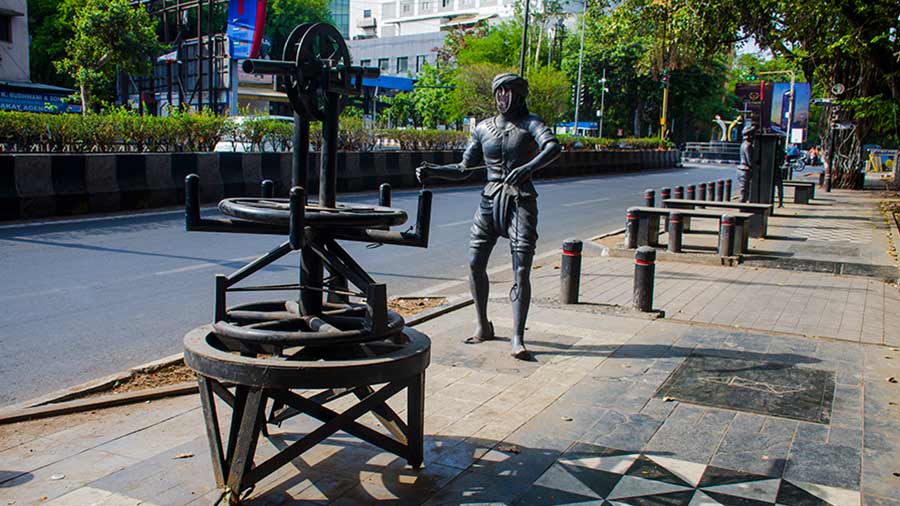
Installations and statues along the pavement, which are part of the open-air museum
There are several statues along the pavement. The fibre statues showcase a theodolite and several surveyors carrying survey poles, measuring chains and other equipment. Strangely, the faces of the statues were replaced with mirrors.

A pole showing the direction of different places from Pune from the Zero Stone
Sadly they have long gone missing. A few of the statues have broken arms and the illuminating lights have all gone. The installation also includes a pole with arrows pointing in different directions Each arrow has the name of places like Ahmednagar, Nasik, Bangalore, etc and they point in the direction of the respective cities. The footpath contains several other plaques and even contains portions of poems from William Wordsworth and Don W. Thompson.
